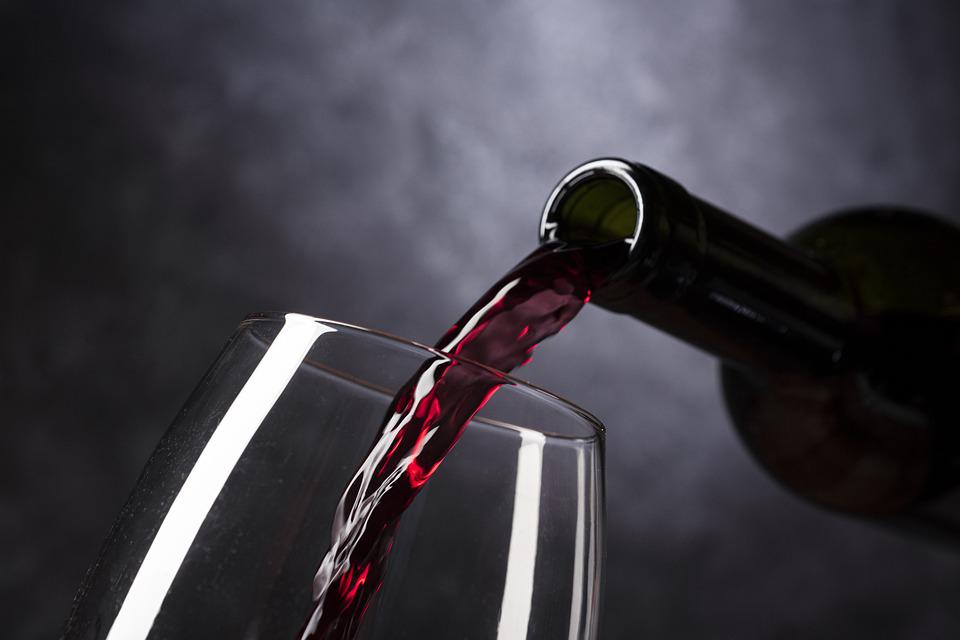Nothing is more soothing than taking a sip of wine and swirling it around in the mouth. The mixture of tanginess and sweetness that hits the palate when we taste wine makes for a divine experience. And that holds true for anyone who appreciates the flavors and textures of the aromatic alcoholic beverage.
But while most oenophiles absolutely love taking in the diverse wine notes, not all know how to describe the delicate wine aromas. Even the most diehard wine lovers like Penny from The Big Bang Theory are often clueless about wine tasting. However, the good news is that describing wine is not that difficult.
You only need to know the basics, then build on your palate by sipping as many wines as possible, and voila! You are a sommelier. If you are wondering what those said basics are, you don’t need to fret anymore because here we have everything there is to know about describing a wine’s taste. Read on and learn how you can become a wine tasting master.
The 5 S’s of Wine Tasting
Before we get to the different aromas and textures in a wine, knowing the proper protocol for experiencing wine is essential. If you don’t know how to drink wine the right way, you cannot name all the flavors in it correctly.
See
Wine tasting is an art of sorts that engages four of our senses, one of which is our sight. Observing a wine visually is the first step to knowing how it tastes and feels in the mouth.
When you have a glass of wine in your hand for tasting, you should look at it closely so much so that you are able to describe the appearance spot on. Things like the color, opacity, and viscosity of the wine are under scrutiny when we view it closely.
That said, learning about a wine’s color bang on can be difficult without a white background (to cut through the rich hue of the alcoholic beverage). Therefore, consider holding a white napkin behind your glass when you wish to study the color. Doing so should help you figure out how richly colored the drink is and whether it’s opaque (which means you can see through it) or not.
Lastly, focusing on a wine’s color gives you an idea about its age. If a wine is old, it will have hints of yellow, indicating a long time in the barrels.
Swirl
The next step in wine tasting is swirling. It’s exactly as it sounds; you need to move your drink around in the glass to let it form a layer on the inside walls. Doing so enhances the wine experience tenfold as the aroma begins to waft much more strongly.
So, be sure to move your glass in small circles to swirl the wine in it. If doing that is tricky for you and you fear spilling, you can place your drink on a tabletop, hold the stem and move it in circles as though you are making small circles on the surface. That way, you will get the desired effect without letting any drop of the wine slosh and spill.
Sniff
As the title gives away, the next step in wine tasting has to do with our sense of smell. You need to take a long whiff of your wine before taking a sip to truly enjoy the drinking experience. Sniffing a wine becomes much more pleasurable after swirling as the aroma gets much more amplified.
Smelling wine is a two-way process involving two parts of the face; the nose and the mouth. Yes, you read that right; we did say mouth. Your mouth also takes in the richness of the wine that goes to the retro-nasal cavity, enhancing the overall sniffing moment for you. But of course, you don’t actually smell the drink through your mouth; the aromas reach your retro-nasal cavity when you drink the wine.
Simply put, sniffing and sipping go hand in hand, and together the two make wine drinking much more delightful.
Sip
Once you have taken in the rich tastes through your olfactory senses, it’s time to take a sip of your wine. Drink a mouthful and swirl it around inside your mouth to cover every taste bud possible. You must coat every inch of your mouth in wine to appreciate it truly. So, be sure to churn the wine as it hits the tip of your tongue before swallowing.
Savor
Lastly, savor your drink to no end. Let the flavors settle on your palate, and enjoy the various notes in your wine. Savoring a wine enables a drinker to pick up the flavor profiles so that they can describe the beverage right.
Flavors in a Wine
The flavors or aromas in a wine are classified into three groups
Primary aromas
These come from the fruits used in making wine. Typically, primary aromas hint at grapes and other red/blue or black fruits in a bottle.
Secondary Aromas
These result from the wine-making processes involving different elements such as yeast. Secondary aromas may also come from nuts, rinds, and nut husks.
Tertiary Aromas
These come from the age of a wine. The longer a wine remains in a barrel, the more diverse tertiary aroma it will have, like that of leaves, old tobacco, cured leather, and cedar, among others.
Notes in a Wine
There are three main notes in a wine that you need to remember, acidity, sweetness, and tannins.
Acidity in a wine comes from the tartaric acid found in grapes. The higher the concentration of tartaric acid, the more acidic the wine will be. Typically, white wines are more acidic than reds.
The presence of acid makes a wine crisp or soft. The higher the acid, the crispier the wine will be and vice-versa.
Sweetness in a wine results from the sweetness in the fruit used to make wine or the residual sugar from the wine-making process.
Tannins are found in the rind or seeds of fruits, and they are responsible for making the tongue dry after a sip. Imagine someone blotted your tongue, leaving it dry- that’s the kind of experience tannins cause.
A bottle of wine is described as astringent, firm, or soft based on its tannins. If your tongue feels considerably dry after sipping wine, the tannin concentration will be higher in it, and the drink will be astringent. If your tongue doesn’t feel too blotted after sipping a wine, its tannin concentration will be lower, and the beverage will be towards the softer end of the spectrum.
Texture/Body of a Wine
As surprising as it may be for you, wine has texture deciphered by how it feels on the drinker’s tongue. If a wine feels full and heavy (not in ounces, of course, but just in the feeling you get inside your mouth), it will be full-bodied. On the contrary, if it feels light, it will be classified as medium or light-bodied wine.
Ending Note
If you have read through the piece, you must now have a better understanding of describing the different aspects of wine. Practice identifying the aromas and textures in wine, as mentioned in the article, to become a wine-tasting pro!

